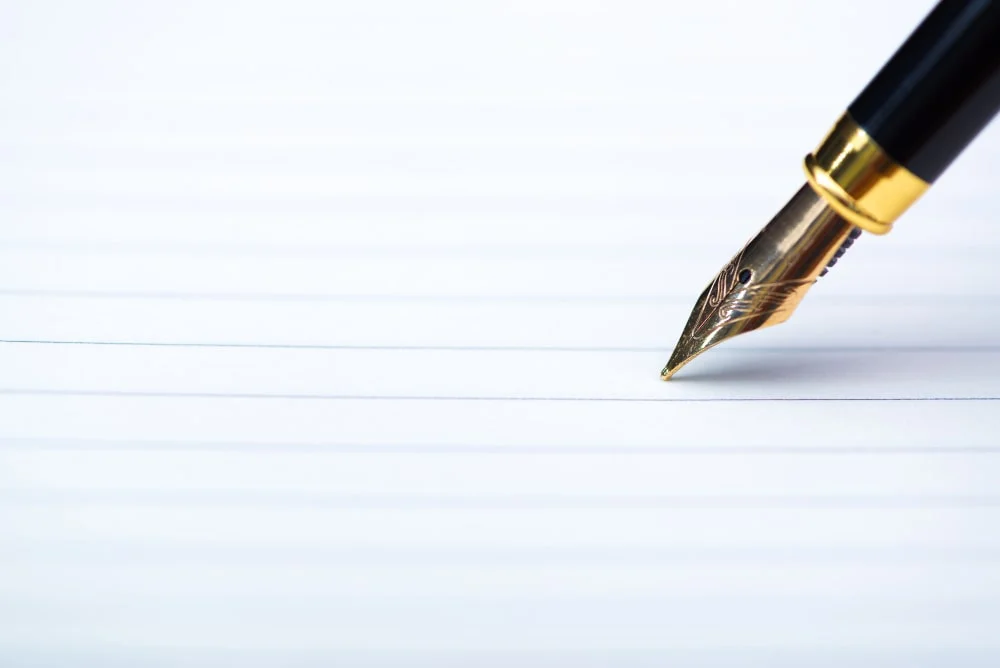Paper Details
Characterization of shrimp fishery in the Bandama River, Côte d’Ivoire
Boguhe Gnonleba Franck Dit Hervis, N’ZI Konan Gervais, Goore bi Gouli, Kouamelan Essetchi Paul
DOI: https://dx.doi.org/10.12692/ijb/4.8.23-35
Int. J. Biosci. 4(8), 23-35. April, 2014. (PDF)
Abstract:
The study was conducted to assess the yields and analyze the profitability of small-scale shrimp fishery in Bandama River, Côte d’Ivoire. A total number of 142 shrimp fishers were recorded. Fishermen used 142 non-motorized canoe with two types of artisanal trap gear known locally as “Papolo” and “N’zrè”. The mean annual fishing effort calculated for all three stations sampled is 47 fishermen per day. Shrimp appeared year-round, however high catches are observed in the rainy seasons (April-July and October-November). Annual landings stood at 41.62 tons. The shrimp species identified included Macrobrachium vollenhovenii (81.13 % by weight), M. macrobrachion (18.79 %), M. felicinum (0.05 %), and Atya gabonensis (0.03 %). A total amount of $121,114.2 was estimated while average price was $2.91 kg-1. Net profits, economic and financial performance of the shrimp fisher were satisfactory. The net profit varied from $1387.79 to $1887.88. The mean gross revenue for the entire stations was $1953.58. The level of profitability and the profit margin are more than 10 %. The benefit cost ratio (BCR) was greater than 1 in the three stations. Monthly income per fisher was highest opposed to guaranteed minimum wages and guaranteed minimum agricultural wage. These high prices encourage regular and active Macrobrachium fishing in Bandama River. Shrimp fishing should therefore be monitored during the rainy months for a sustainable use. There was also the urgent need for effective management of shrimp fisheries in the River Bandama, to improve on the living standard of the people.


